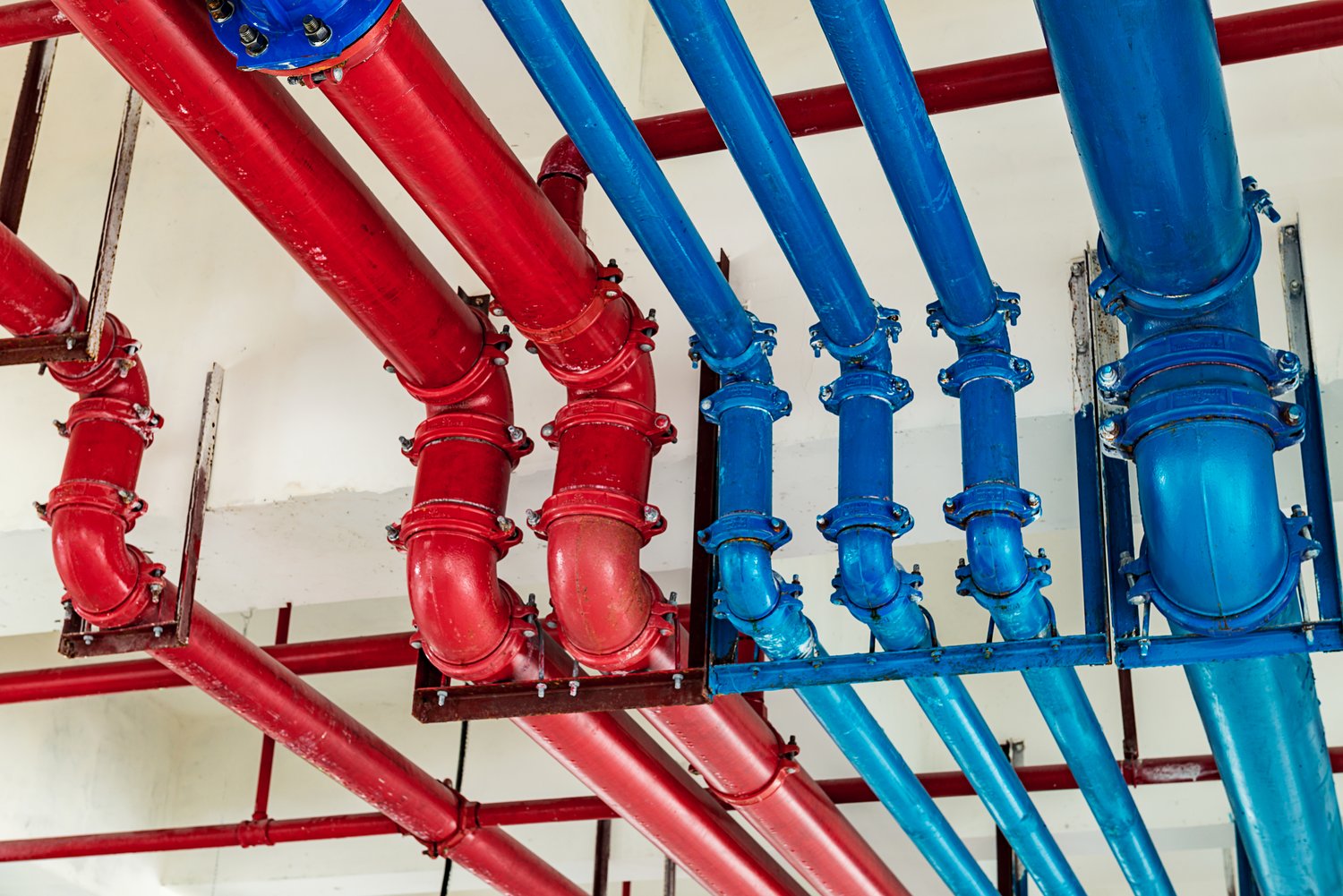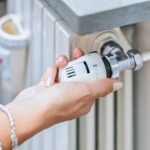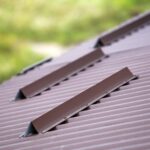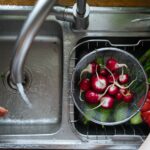Efficient water distribution in commercial plumbing systems often hinges on one crucial aspect: manifold balancing. Understanding how to optimize the flow rate through a well-balanced water supply manifold can drastically improve the performance and efficiency of your system. But what exactly makes manifold balancing so significant in commercial settings?
- Explore how balanced water supply manifolds ensure optimal flow rates across your plumbing system.
- Examine key components and learn how they contribute to achieving consistent water supply efficiency.
- Uncover effective techniques for balancing manifold systems to enhance water distribution.
- Discover practical tips to maintain balance and optimize flow rates in your plumbing setup.
Diving into the principles and techniques of water supply manifold balancing not only offers insights into achieving efficient flow rates but also prepares you to implement strategic upgrades and regular maintenance. The article is packed with expert guidance tailored to help you master your plumbing systems, ensuring maximum operational efficiency and reliability.
Principles of Water Supply Manifold Balancing: Flow Rate Optimization
Understanding the principles of water supply manifold balancing is crucial for optimizing flow rates in plumbing systems. Manifold balancing involves adjusting the distribution of water flow so that each outlet receives the appropriate volume, ensuring efficiency and reducing wastage.
At the core of manifold balancing is the concept of equal distribution. This process minimizes potential issues such as uneven pressure or imbalanced water delivery to appliances, which can lead to operational inefficiencies and increased wear and tear.
By implementing flow rate optimization, businesses can not only improve water usage efficiency but also enhance the performance of water-dependent equipment. This is particularly important in commercial settings where consistent water delivery is necessary for smooth operations.
Key strategies involved in manifold balancing include calibrating valves and adjusting flow fixtures to create a harmonious system. These actions facilitate precise control over water distribution, optimizing flow rates across various endpoints.
Ultimately, maintaining a balanced water supply manifold in a commercial kitchen or any large-scale setting contributes to substantial energy savings and lower operating costs. By focusing on flow rate optimization, businesses can enjoy improved system longevity and reduced need for repairs.
Key Components in Manifold Systems
Effective manifold systems rely on several key components that play a pivotal role in balancing water supply for efficient flow. Understanding these parts is essential for any plumbing professional or technician looking to optimize flow rates in a manifold system.
A primary component is the manifold itself, which acts as a central hub where water is distributed to various branches or zones. Manifolds come in various sizes and configurations, designed to meet specific water distribution needs. Their design ensures that water is delivered evenly across different outlets.
Another critical element is the valves. These components regulate the flow of water to each outlet. By adjusting the valves, you can fine-tune the flow rates, helping maintain balanced distribution throughout the system.
Flow meters are also integral to manifold systems. They provide critical data on water usage and flow rates, allowing for accurate monitoring and adjustments. This feedback is essential for making informed decisions about flow optimization.
In addition, pressure regulators play a role in maintaining consistent water pressure within the system. These devices prevent excessive pressure that can lead to leaks or damage.
Each of these components must work in harmony to ensure that the water supply manifold operates efficiently, promoting optimal flow rates and balanced water distribution throughout the plumbing system.
Techniques for Water Supply Manifold Balancing: Flow Rate Optimization
Balancing a water supply manifold effectively involves a combination of techniques that ensure optimal flow rates and consistent water distribution across your plumbing system. One of the primary methods is using flow meters to measure and adjust the water flow within each branch of the manifold. This ensures that every outlet gets the exact amount of water needed without overloading or under-supplying different sections.
Another effective technique is the installation of balancing valves. These valves allow for precise control over the flow rates, enabling you to tweak the system according to the specific requirements of different areas. Additionally, implementing pressure-regulating valves can help manage the system pressure, preventing fluctuations that might disrupt balanced distribution.
Computational tools and software are increasingly popular for mapping out the manifold system and predicting flow behavior under different conditions. This predictive analysis helps in preemptively managing bottlenecks and ensuring consistent flow rates throughout the network.
Regular inspection and calibration of the manifold system play a crucial role in maintaining optimal flow rates. Detecting and fixing issues such as air pockets or sediment build-up promptly can significantly enhance the efficiency of the water distribution system.
By incorporating these manifold balancing techniques, you can ensure that your system operates at peak performance levels, providing reliable and efficient water supply where it’s needed most.
Maintaining Balanced Water Distribution
To maintain balanced water distribution within your manifold system, consistently monitoring and adjusting settings is essential. Begin by scheduling routine inspections to check for leaks, air pockets, or other irregularities that could disrupt flow rates. Early detection helps in taking corrective measures before minor issues escalate into significant problems.
Ensuring the cleanliness of the system is another critical aspect. Regularly flushing the system prevents sediment accumulation, which can obstruct flow and create imbalances. Avoid over-tightening connections and fittings, as it might lead to premature wear or leaks, affecting the system’s ability to maintain balance.
Investing in quality materials and components for your manifold system can make a substantial difference. High-grade materials are more resistant to wear and environmental factors, reducing the frequency of repairs and adjustments needed to maintain balance.
Educational resources and training for your maintenance personnel can make a meaningful impact. When personnel are well-versed in the specifics of your system, they are more adept at identifying and solving issues quickly, ensuring sustained optimal performance.
Lastly, maintaining an updated log with details about system adjustments, maintenance activities, and observed issues can aid in diagnosing persistent problems and understanding system behavior over time.
Upgrade Your System for Better Flow Rate Optimization
Enhancing the performance of your water supply manifold system is crucial for achieving optimal flow rate optimization. Regularly considering upgrades can significantly improve the efficiency and consistency of your plumbing system. This not only saves energy but also ensures reliable water distribution across commercial and residential contexts.
One of the first steps toward upgrading is assessing the current state of your manifold system. Begin by examining critical components such as valves, pressure regulators, and distribution pipes. Older or worn-out parts can lead to inefficient flow rates, resulting in uneven distribution and potential water wastage.
Replacing outdated valves with modern, high-efficiency models can offer precise control over water flow, ultimately enhancing manifold balancing. Additionally, upgrading to smart pressure regulators will help maintain consistent pressure levels, preventing pressure drops and ensuring a steady water supply.
Consider incorporating flexible piping alternatives in your manifold to reduce friction loss. This can lead to a more streamlined flow, improving the overall hydrodynamic efficiency of your system. These adjustments not only help balance water supply but also extend the lifespan of your plumbing infrastructure by reducing stress and wear on pipes.
Efficiency gains can also be achieved by integrating advanced monitoring technologies. Data-driven insights on flow rates and pressure levels allow for ongoing adjustments, ensuring continuous optimization. Monitoring systems detect anomalies in real-time, enabling prompt corrections to maintain balance.
By upgrading key components of your manifold system, you can achieve substantial benefits, including improved energy efficiency and reduced maintenance costs. In sum, strategic enhancements play a vital role in achieving and maintaining optimal flow rate optimization across any plumbing framework.
Frequently Asked Questions about Water Supply Manifold Balancing
What is water supply manifold balancing?
Water supply manifold balancing ensures even water distribution by adjusting flow rates within the plumbing system.
Why is flow rate optimization important?
Optimizing flow rates prevents pressure drops and ensures efficient water use across all outlets.
What components are key to a manifold system?
Key components include the manifold, control valves, flow meters, and distribution pipes.
How can I maintain a balanced water distribution?
Regularly inspect and adjust the control valves, and clean the filters to keep water distribution balanced.
What upgrades can improve my manifold system?
Consider installing electronic flow regulators and smart monitoring systems to enhance system efficiency.





